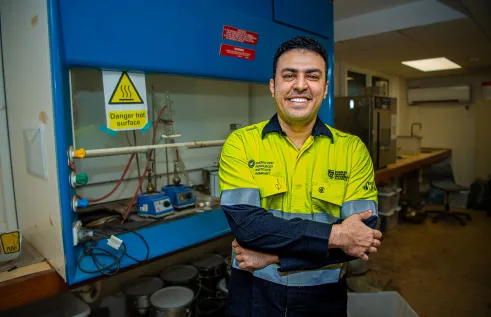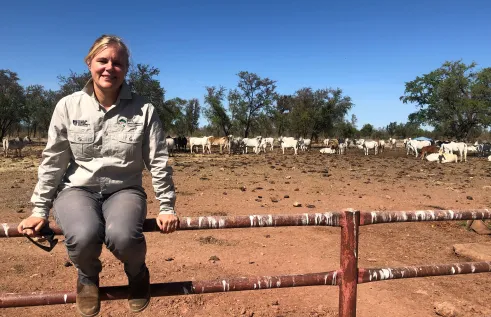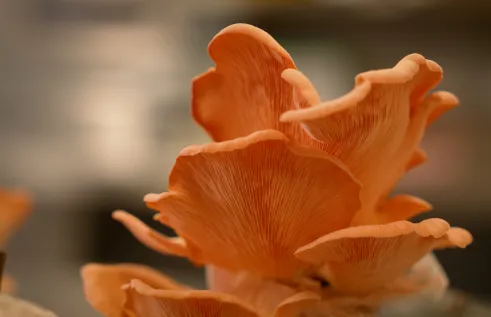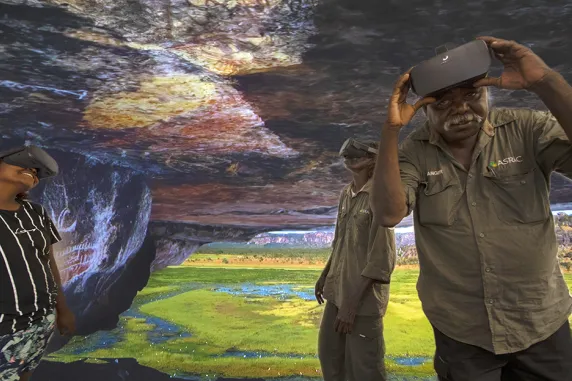news article
VR technology has the potential to map sacred sites
Indigenous rangers are exploring the possibilities of using state-of-the-art virtual reality technology at Charles Darwin University to help them map sacred sites across the Northern Territory.
Rangers from Arafura Swamp Rangers Aboriginal Corporation and Njanjma Aboriginal Corporation visited CDU’s Casuarina campus last month to experience how the technology could assist them with their duties across central and western Arnhem Land.
CDU Innovative Media Production Studio Multimedia Developer Will Tinapple said the technology had the potential to be extremely useful for the rangers.
“The rangers were keen to explore the possibilities of Virtual Reality (VR) and Augmented Reality (AR) and see what others are doing in the space,” Mr Tinapple said.
“We had a look at some different 360 mapping of cultural sites done by groups in other areas.
“The rangers do a range of data collection, recording and mapping and the possibilities for representation in the 360, VR and AR space are quite exciting.
“We have been building VR down at the Innovative Media Production Studio for students going bush for the first time and the rangers were also testing this and giving feedback.”
Arafura Swamp Rangers member Erica Ngurruwuthun said using the VR and AR goggles was an interesting experience.
“It’s been great to try out the technology and see something different,” she said.
The rangers also toured CDU’s horticulture and aquaculture facilities during their visit and took part in a 3D printing demonstration.
Related Articles

Where rubber meets the road: Old tyres are key to building tougher roads
Almost half of the Northern Territory’s worn-out tyres end up in landfills – with the rest exported interstate for recycling – but a study led by Charles Darwin University (CDU) is repurposing the discarded rubber to build stronger, sustainable roads that meet the NT’s unique needs.
Read more about Where rubber meets the road: Old tyres are key to building tougher roads
Moo-ving the boundaries: New research evaluates virtual fences for use on NT cattle stations
Cattle producers in Northern Australia face unique challenges when adapting tools like virtual fences on their properties, but new research from Charles Darwin University (CDU) is set to break down the barriers to this technology.
Read more about Moo-ving the boundaries: New research evaluates virtual fences for use on NT cattle stations
Cotton trash to treasure: Project using waste to grow new mushroom industry
Supermarket shelves could be stocked with mushrooms grown from the Northern Territory’s cotton waste, with a Charles Darwin University research project exploring the possibility of broadening the region’s agricultural industry.
Read more about Cotton trash to treasure: Project using waste to grow new mushroom industry
